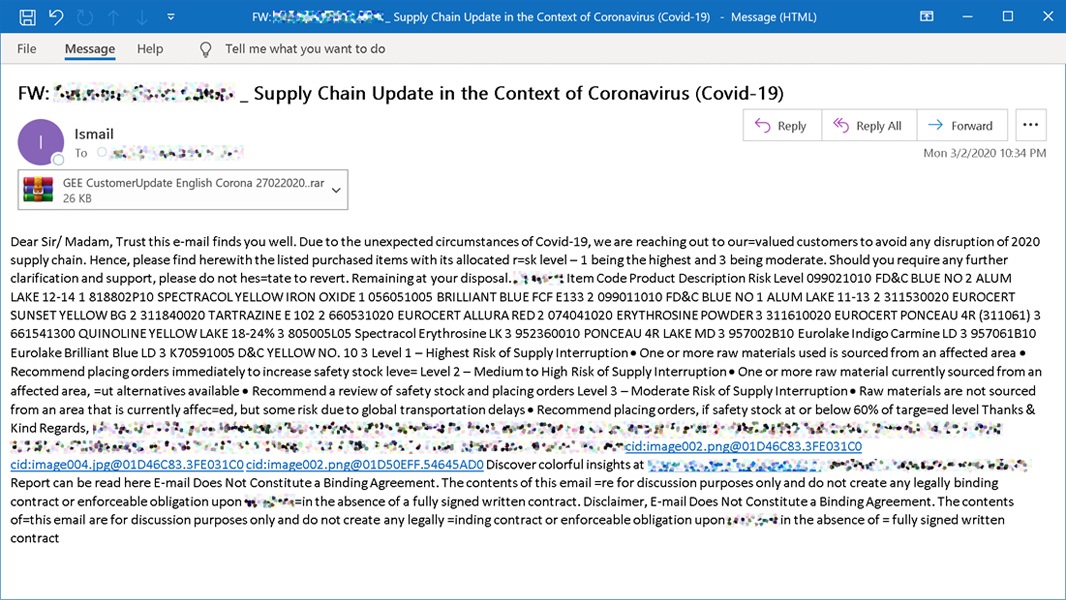Microsoft Tries to Help with COVID-19 Security Threats
- Paul Thurrott
- Mar 20, 2020
-
0

Cybercriminals are preying on people’s fear during the COVID-19 pandemic to steal sensitive information and spread malware for profit.
“Customers are asking us what Microsoft is doing to help protect them from these types of attacks, and what they can do to better protect themselves,” Microsoft’s Tanmay Ganacharya writes. We thought this would be a useful time to recap how our automated detection and signal-sharing works to protect customers (with a specific recent example) as well as share some best practices you can use personally to stay safe from phishing attempts.”
Windows Intelligence In Your Inbox
Sign up for our new free newsletter to get three time-saving tips each Friday — and get free copies of Paul Thurrott's Windows 11 and Windows 10 Field Guides (normally $9.99) as a special welcome gift!
"*" indicates required fields
According to Microsoft, 91 percent of all cyberattacks originate in email. And on that note, Microsoft’s email services provide what the company calls a “multi-layered defense system” that will hopefully shut down email attacks quickly.
“An interesting example of this in action occurred earlier this month, when an attacker launched a spear-phishing campaign that lasted less than 30 minutes,” Ganacharya explains. “Attackers crafted an email designed to look like a legitimate supply chain risk report for food coloring additives with an update based on disruptions due to coronavirus. The attachment, however, was malicious and delivered a sophisticated, multi-layer payload based on the Lokibot trojan.”
Had this attack been successful, hackers could have stolen personal information from the victims, including credentials that could have been used for further attacks. But no customers were impacted by the attack, Microsoft says.
As far as what you can do, Microsoft has a few ideas:
- Stay up-to-date. Make sure your PCs and devices have the latest security updates installed and an antivirus or anti-malware service.
- Enable the protection features of your email service. If you have Office 365, you can learn about Exchange Online Protection here and Office 365 ATP here.
- Use multi-factor authentication (MFA) on all your accounts. Most online services now provide a way to use your mobile device or other methods to protect your accounts in this way.
- Stay educated. Learn how to recognize phishing attempts and report suspected encounters. Things to look for in suspect emails include poor spelling and grammar, suspicious links, suspicious attachments, threats, spoofing (often the email address won’t match the supposed sender), altered web addresses, incorrect greetings, and mismatched link text and URLs.
- Report suspicious email. If you’re using Outlook.com, select Junk > Phishing scam. If you’re using Outlook 2016 and 2019 and Microsoft Office 365, navigate to Protection > Report message > Phishing.
You should check out the original Microsoft post for more detailed information.
Tagged with
Conversation
There are no conversations